This post contains affiliate links. Please see our disclosure policy.
The most common question of the vegan curious is “How do vegans get protein?” Most people don’t realize plants have protein too; and plant-based protein sources are everywhere. While there are many nutritious health benefits to eating a whole food, plant-based diet, assuring success requires some simple planning. Though it’s generally much easier to hit carbohydrate and fat goals, protein could be a little trickier for some plant-focused people. Especially if you are eating too many refined carbs and ultra processed foods.
While protein deficiency is rare among vegans, it’s important to cultivate a well-rounded diet. Eating mostly whole foods that are rich in plant-based protein should be a top priority. Consistently enjoy a variety of the 10 plant-based protein sources listed below to increase daily protein. You will provide your body with the elements needed for muscle synthesis, bone strength, and hormone and enzyme function. Hopefully you will feel nourished too.
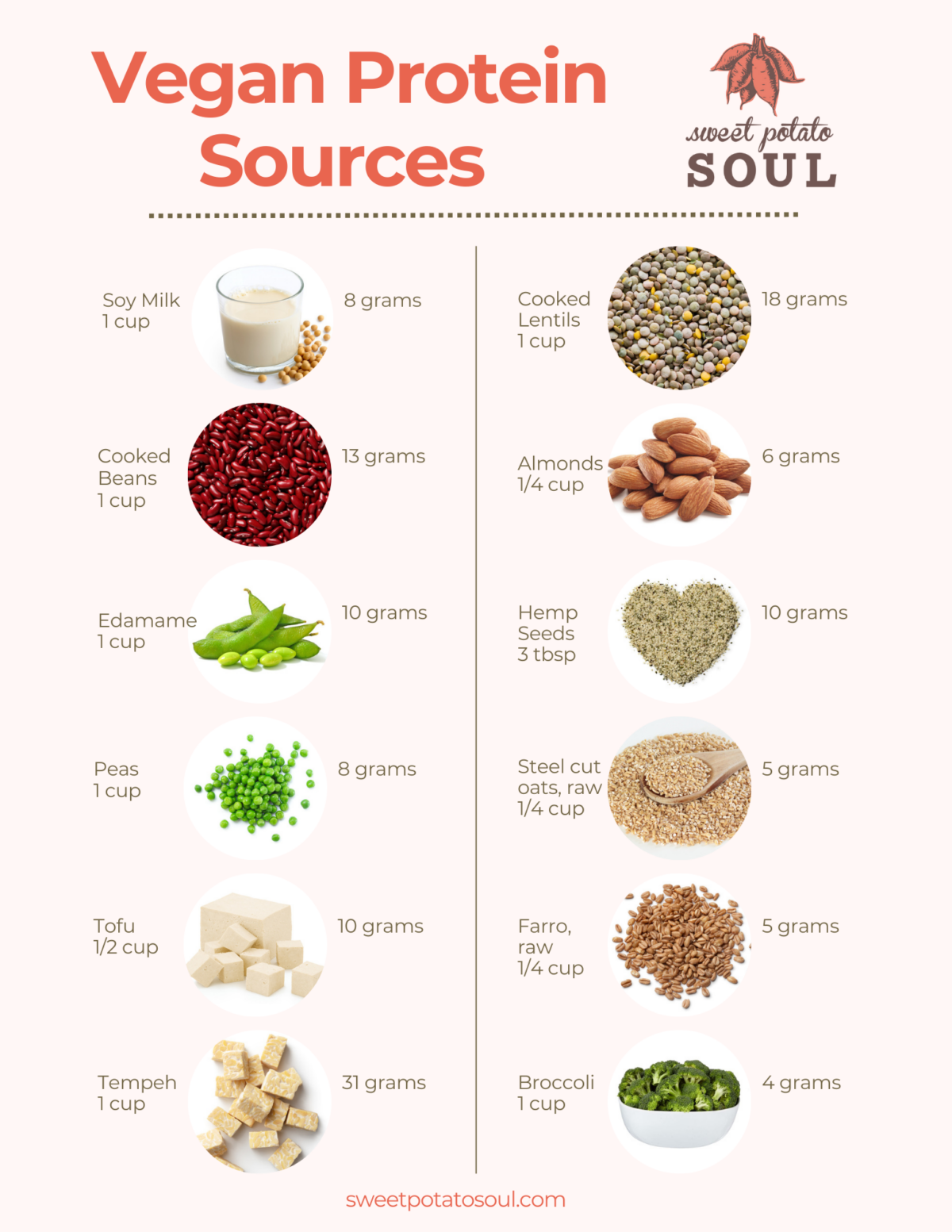
Within each category I will also suggest delicious recipes to try. These lists are not exhaustive. Feel free to use the search bar on this website to find even more high protein vegan recipes using the ingredients below.

1. Soy
Tofu, tempeh, edamame and soy milk are all soybean products which contain 12-20g protein per 100g (3.5oz). They are one of a few “complete proteins” in a plant based diet, a term used to identify proteins that contain an adequate amount of each of the nine essential amino acids necessary in the human diet. Tempeh is additionally a probiotic, helping to replenish the gut with good bacteria that influences nearly every part of our mental and physical function.
Soy recipes to try: Edamame Salad, Best Ever Tofu Scramble, Tofu Chik’n Nuggets, Tempeh Tikka Masala, Anti-Inflammatory Turmeric Latte
2. Beans
Pinto beans, kidney beans, black beans, and chickpeas are some of many legumes that provide a diversification of all macronutrients; protein, fat and carbs, with plenty of fiber included. Approximately 1 cup of cooked beans contain 15g protein. Because beans contain such a high percentage of fiber, they are also synonymous with regulating blood sugar and maintaining a healthy gut.
Bean recipes to try: Black Bean Coconut Soup, Sweet Potato Hummus, Tofu Chili, Lemon Rosemary White Beans
3. Lentils
Like beans, lentils are a crucial part of diets around the world. The fiber they possess heartily feeds the good bacteria in our gut, making them (as well as many plant based foods) a prebiotic. They also 18g protein per cup, and can be affordably added into the diet by cooking in bulk or using in soups and stews. I must admit, lentils are one of my top 3 favorite plant-based protein sources. They are so versatile, easy to cook, and don’t require soaking like beans do.
Lentil recipes to try: 10-Minute Lentil Tacos, Red Lentil Sweet Potato Curry, Butternut Squash Lentil Soup, Lentil Meatballs
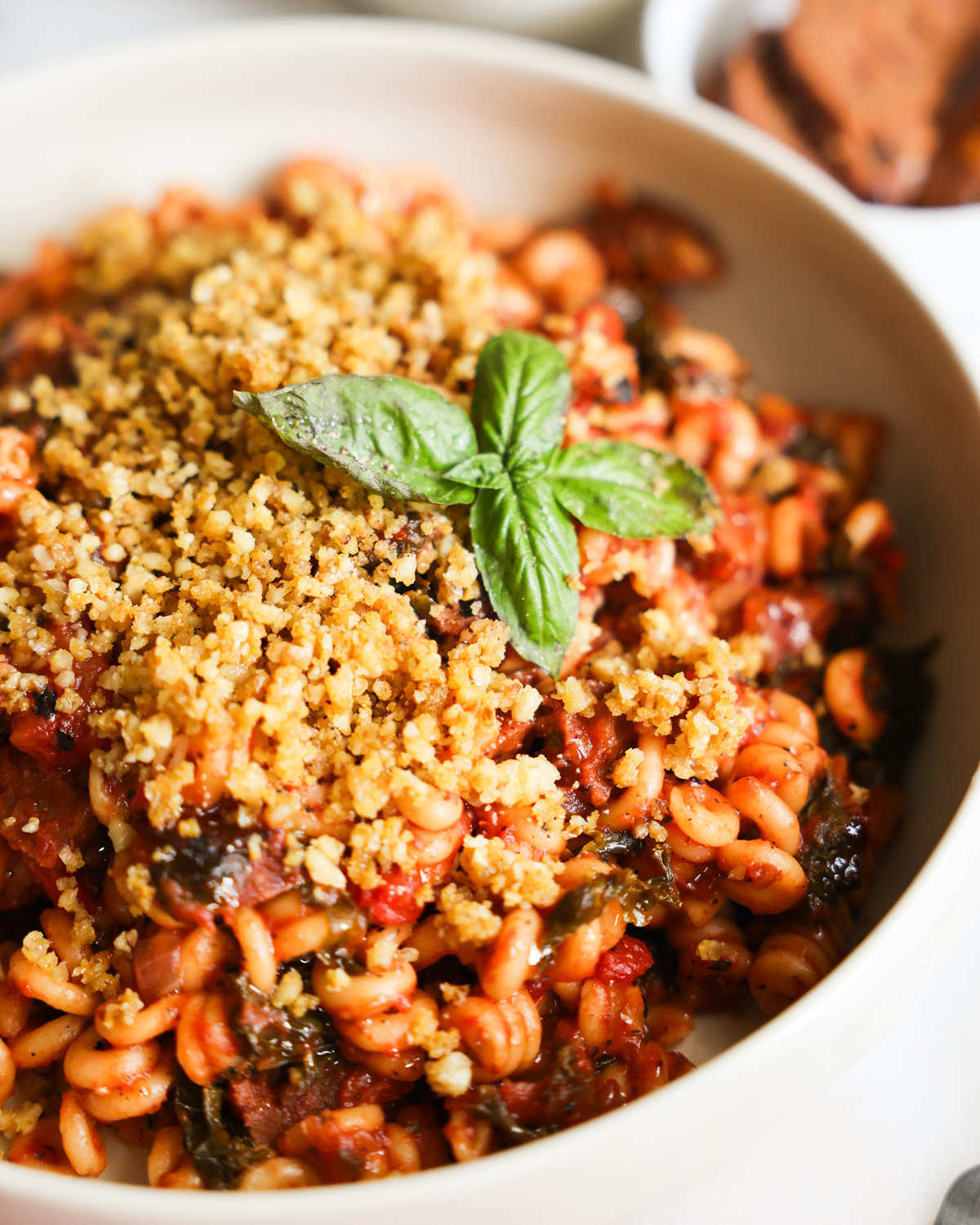
4. Seitan
This “wheat meat” is made from gluten, the main protein of wheat. Seitan has the highest amount of protein per grams on this list, providing a whopping 25g per 100g (3.5oz). However it lacks the amino acid lysine, so be sure to also include proteins in your day which contain lysine like soy, quinoa, beans, lentils and many seeds. Because it is a gluten product, anyone with a gluten related disorder should avoid this food. Also, check food labels because seitan, or vital wheat gluten, is in many store-bought vegan meats.
Seitan recipes to try: Homemade Vegan Sausage, Instant Pot Sausage Pasta
5. Nutritional yeast
Also known as nooch, nutritional yeast is the vegan’s parmesan. Normally fortified with B12, it can be sprinkled onto or in virtually any savory dish. A deactivated strain of yeast, often a strain of Saccharomyces cerevisiae, it contains a surprising 8g of protein in just 1/2 an ounce. Blend it into sauces or add a pinch to salads, pastas, and pizzas to enjoy its umami flavor and the benefits of its higher plant based protein profile.
Nutritional yeast recipes: Vegan Parmesan, Vegan Mac & Cheese, Roasted Chickpeas, Vegan Caesar Salad
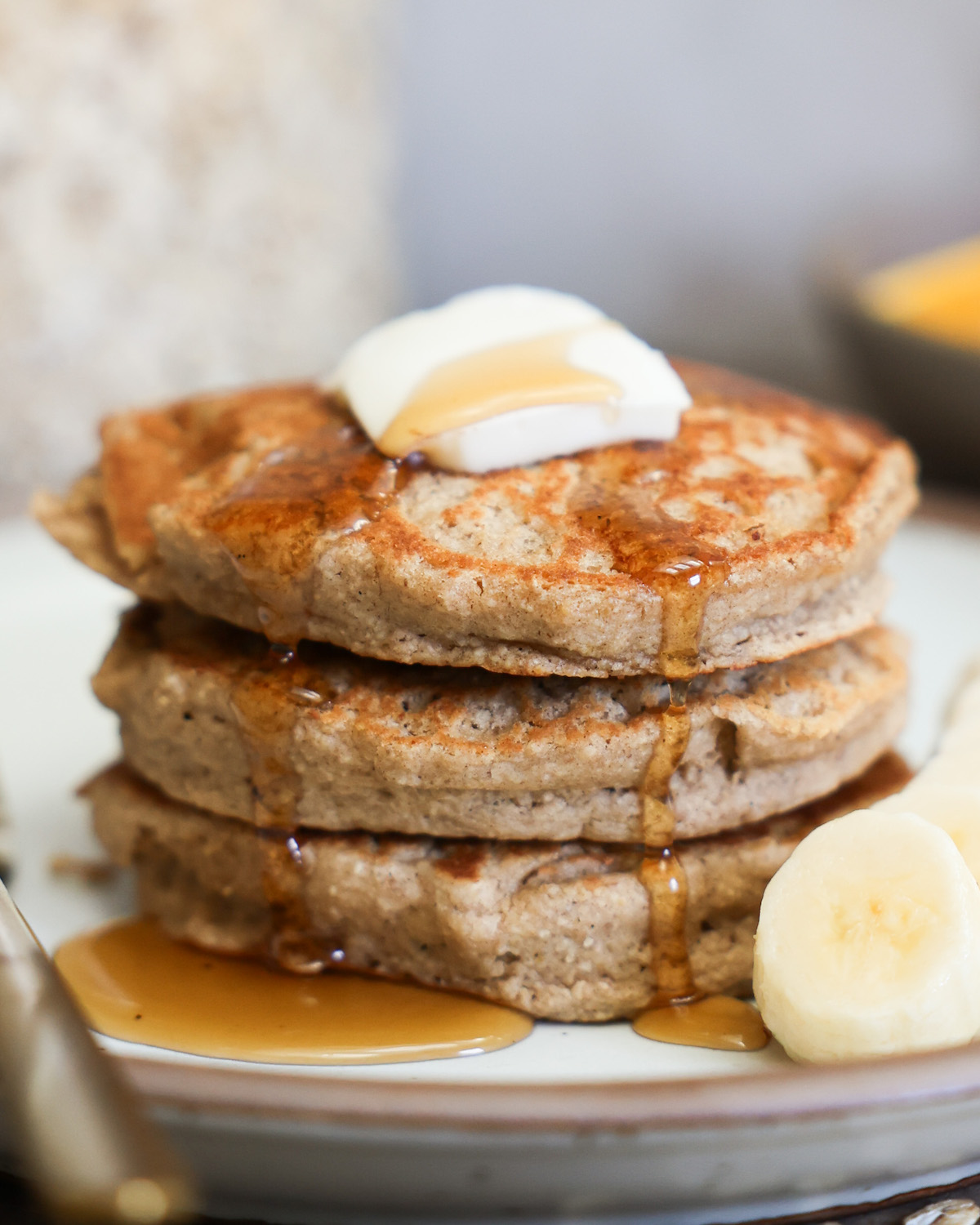
6. Whole and Sprouted Grains
Unlike white rice and breads, whole grains have not been stripped of their bran, which contains plant-based protein. This outer layer also boasts a number of nutrients that lower blood sugar and reduce risk of metabolic diseases like heart disease, hypertension, and type 2 diabetes. Quinoa, wild rice, brown rice, barley, amaranth, farro, oats, whole grain breads and sprouted breads are just a few options to complete your plate. Using these whole grains with tofu, beans or lentils, instead of pairing with white rice or white bread is an easy way to increase protein. These grains provide approximately 5-9g per cup.
Whole grain recipes: Cracked Freekeh Quinoa Porridge, Zucchini Quinoa Burgers, Oat Flour Pancakes, Wild Rice Stuffed Sweet Potatoes, Apple Pie Overnight Oats
7. Nuts and Nut Butter
While high in fat, nuts still pack a punch for protein. They contain around 5-8g per ounce. Though almond butter has gained a lot of attention over the past few years, peanuts are famously one of the best plant-based protein sources. They have the highest protein percentage of any nut, and they are so cheap and ubiquitous. With fat heavy protein sources, always monitor portion sizes, choose nut butters with no added sugar and oil, and remember that roasting can cause nutrient damage, so raw is best when snacking whole.
Nut and nut butter recipes: Harissa Almonds, Tamari Almonds, West African Peanut Stew, Creamy Apple Smoothie
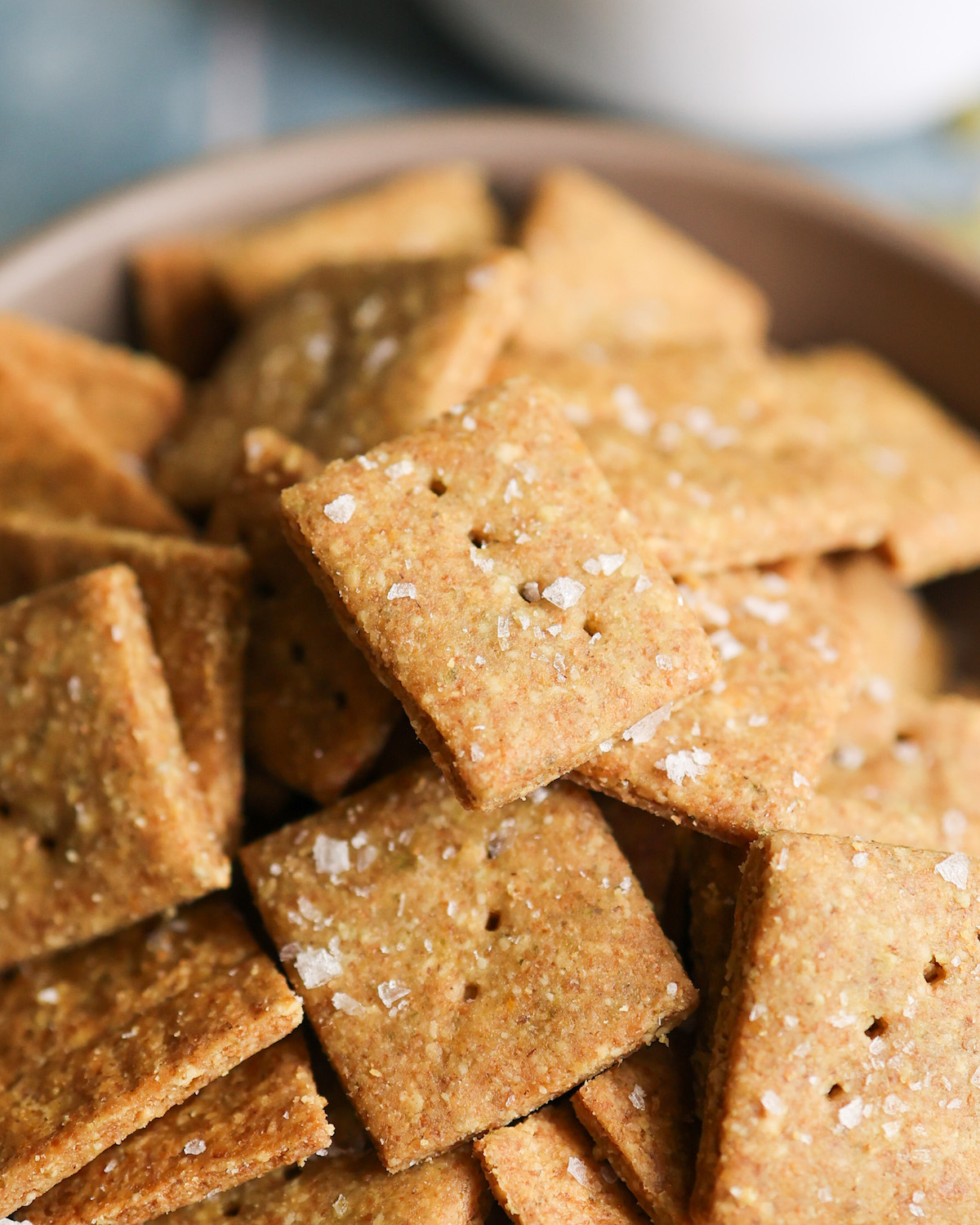
8. Seeds
Another surprising plant based and fat-rich food that is full of protein in a small serving size is seeds. Pumpkin, sunflower, chia, hemp, or flax seeds are all examples of easy additions to meals and snacks that contain between 5-10g protein per ounce. A popular vegan source for a protein rich breakfast is chia seed pudding, simply soaked in water, chia turns into a delicious, jelly-like, sweet treat to start your day. Pumpkin seeds not only contain 8g protein per 1 oz but also a high level of magnesium and tryptophan to aid in restful sleep.
Seed recipes: Cheesy Pumpkin Seed Crackers, Vegan Caesar Dressing, Avocado Dressing, Pepita Pesto
9. Spirulina
Bright blue and exotic, this touted algae superfood has been harvested from warm alkaline waters in subtropical climates. Though research is still new, it suggests Spirulina may have powerful antioxidant properties. It’s also yet another example of a complete protein, containing 8g in just 2 tbsps. If you feel like buying a batch (it can be pricey), it’s best added to smoothies, bowls, or even mixed into oatmeal and brings out a gorgeous rich blue color to your plate.
Spirulina recipes: Spirulina Chia Seed Pudding
10. Peas
Strangely enough, peas stand a bit alone as a protein rich veggie. With plenty of fiber, this starchy snack provides sustainable energy, but also 9g of protein per cup. In fact, it has become a popular resource for vegan protein powder because of its 94% rate of digestibility. Especially if you are struggling to hit protein goals, pea protein powder is considered an affordable and effective alternative to whey or casein protein powders which are milk derivatives.
Pea recipes: Cauliflower Samosa Salad
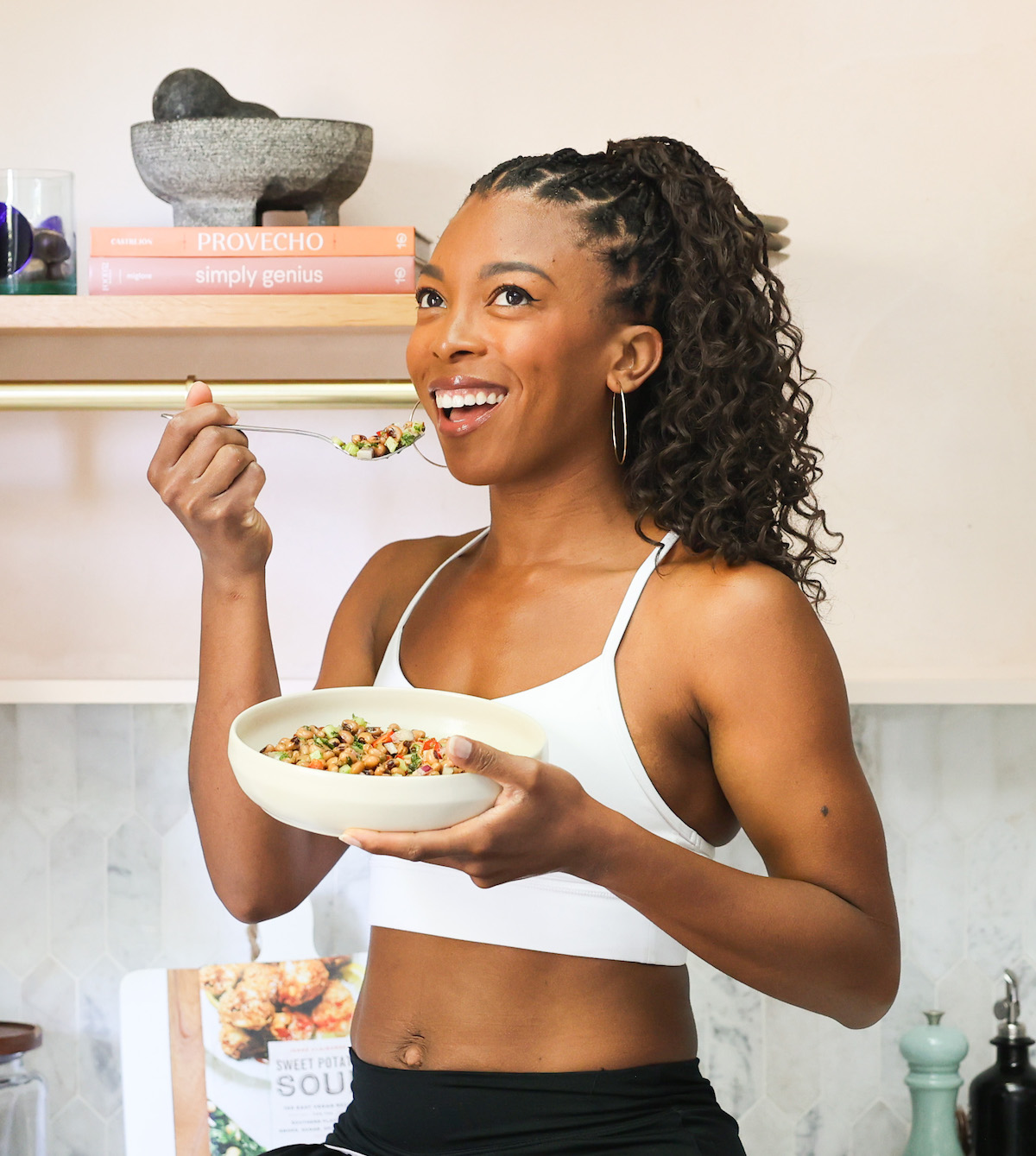
How much protein do you need?
That depends on your goals. For example, athletes, pregnant women, and those looking to lose weight may want to focus on a heavier protein diet, while others can be comfortable at around 1g per kg of body weight. So, if you are 120 lbs, or 55kg, a solid protein consumption would be 55g per day. This is slightly higher than the traditional omnivore, because plant based proteins are more difficult for our body to absorb. Build a habit of adding protein to all of your meals and snacks to easily hit protein goals. Swap white pasta for bean pasta, add nutritional yeast to savory dishes, meal prep tofu cubes for snacks and marinate tempeh to grill and add to sandwiches.
New to eating vegan?
Comment below to ask any questions you may have about plant-based eating. I also recommend you check out the following resources. Good luck!
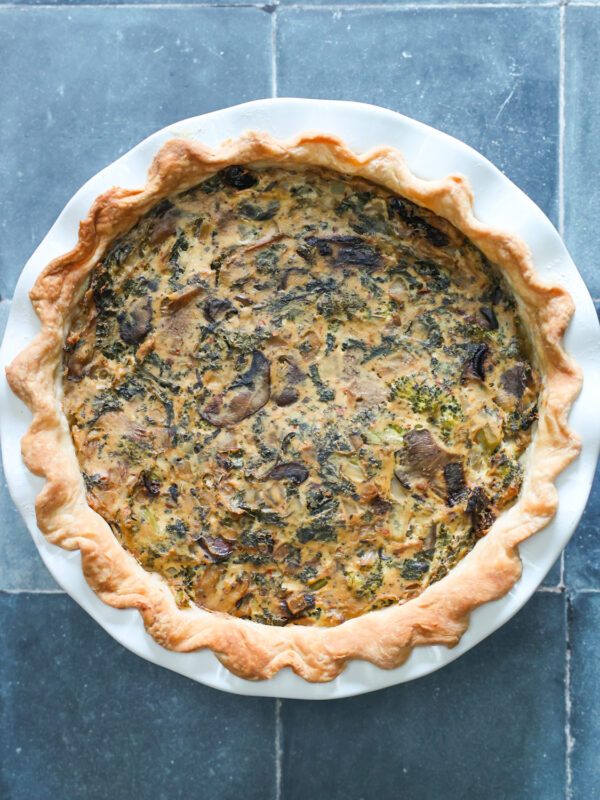
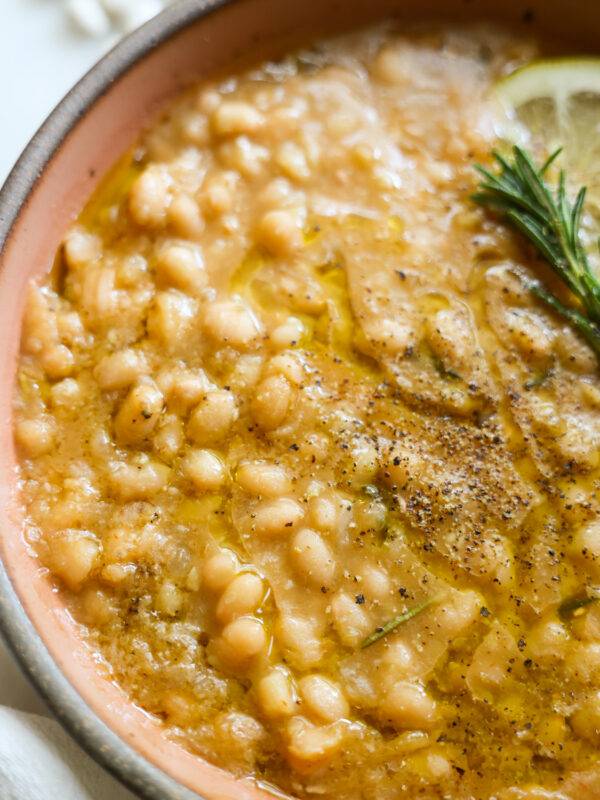
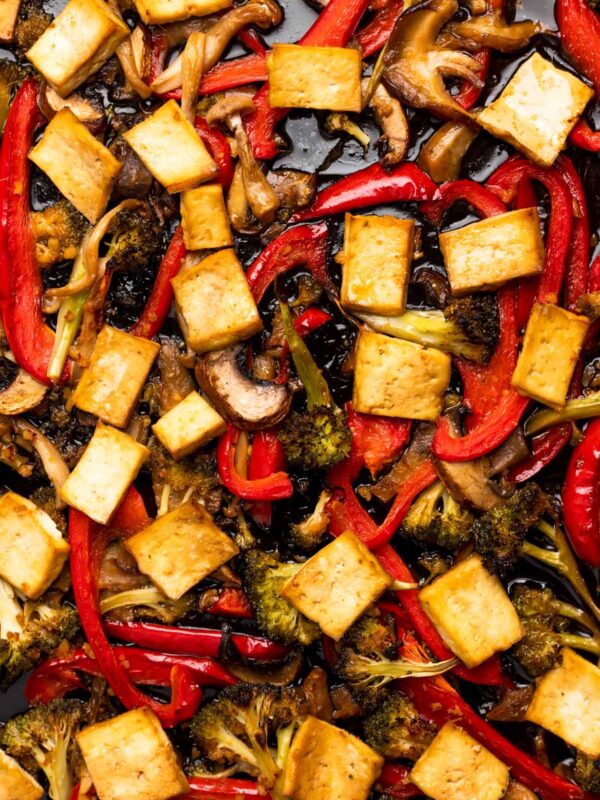
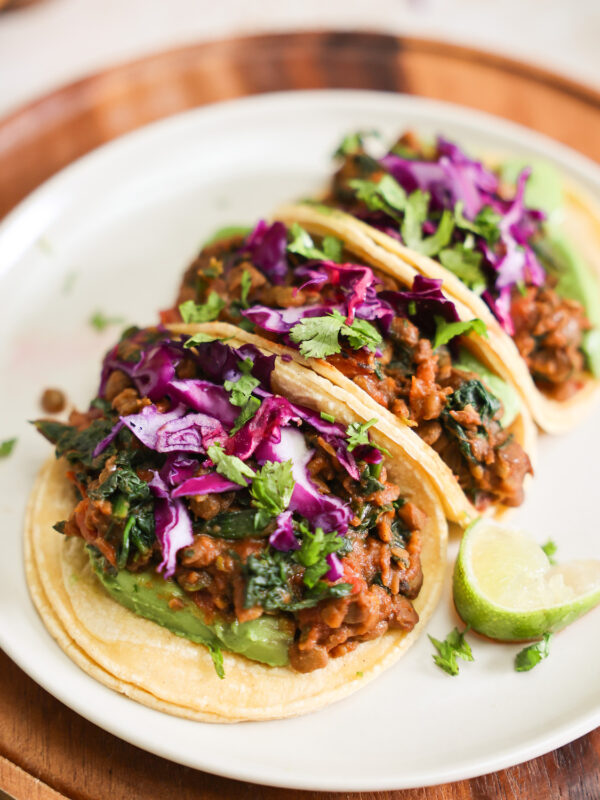






Many thanks for this great post–so much here that I can share with interested colleagues and others.